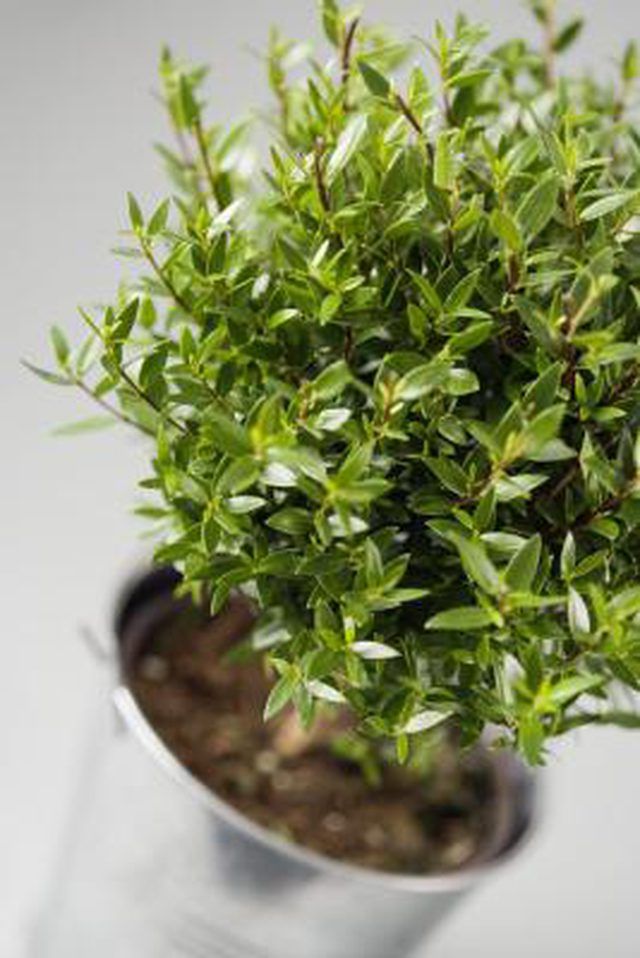Bulbs
Flower Basics
Flower Beds & Specialty Gardens
Flower Garden
Garden Furniture
Garden Gnomes
Garden Seeds
Garden Sheds
Garden Statues
Garden Tools & Supplies
Gardening Basics
Green & Organic
Groundcovers & Vines
Growing Annuals
Growing Basil
Growing Beans
Growing Berries
Growing Blueberries
Growing Cactus
Growing Corn
Growing Cotton
Growing Edibles
Growing Flowers
Growing Garlic
Growing Grapes
Growing Grass
Growing Herbs
Growing Jasmine
Growing Mint
Growing Mushrooms
Orchids
Growing Peanuts
Growing Perennials
Growing Plants
Growing Rosemary
Growing Roses
Growing Strawberries
Growing Sunflowers
Growing Thyme
Growing Tomatoes
Growing Tulips
Growing Vegetables
Herb Basics
Herb Garden
Indoor Growing
Landscaping Basics
Landscaping Patios
Landscaping Plants
Landscaping Shrubs
Landscaping Trees
Landscaping Walks & Pathways
Lawn Basics
Lawn Maintenance
Lawn Mowers
Lawn Ornaments
Lawn Planting
Lawn Tools
Outdoor Growing
Overall Landscape Planning
Pests, Weeds & Problems
Plant Basics
Rock Garden
Rose Garden
Shrubs
Soil
Specialty Gardens
Trees
Vegetable Garden
Yard Maintenance
How to Get Rid of Little Black Flies in Plant Soil
How to Get Rid of Little Black Flies in Plant Soil. Small black insects on the surface of houseplant soil or around container-grown plants are likely to be fungus gnats. These black insects, up to 1/8 inch long, are a flying nuisance in the home and in greenhouses but do not actively damage plants. The larvae are rarely seen and live in the soil,...

Small black insects on the surface of houseplant soil or around container-grown plants are likely to be fungus gnats. These black insects, up to 1/8 inch long, are a flying nuisance in the home and in greenhouses but do not actively damage plants. The larvae are rarely seen and live in the soil, feeding on rotting leaves and detritus on the soil surface. Control fungus gnats by keep pot-soil tidy and on the dry side, or with insecticidal products.
Remove all dead leaves from the surface of the soil around your plants. Cut away any dead leaves that are hanging down from your plant and are touching the soil.
Water your plants only when the top inch of their soil is completely dry. Fungus gnat larvae thrive in consistently moist compost. Make sure that the drainage hold at the bottom of your pots is clear. Re-pot your plants if the soil has broken down or is retaining moisture for long periods between waterings.
Place sticky yellow cards, available from gardening stores, around your plants to attract and trap adult gnats. Position them on the side of plant pots or stuck to branches close to the soil.
Spray your plants with a pyrethroid-based insecticidal spray containing a chemical such as bifenthrin or permethrin to kill adult gnats. Sprays based on pyrethrins or insecticidal soaps will kill fungus gnats on contact but are not persistent enough to kill new adults emerging from the soil.
Kill fungus gnat larvae with a systemic insecticide containing imidacloprid. This comes as granules or as slow-release spikes sold in gardening stores. Alternatively, use a biological soil drench containing the nemaode Steinernema feltiae.